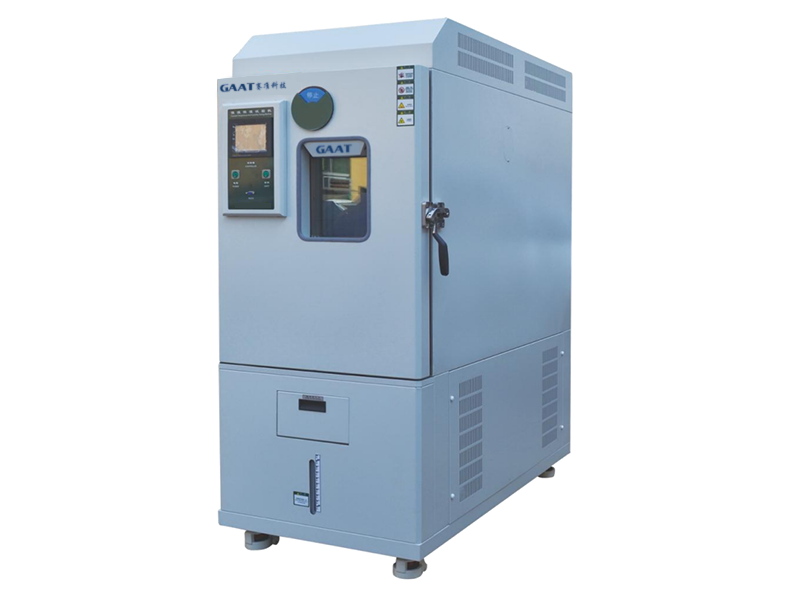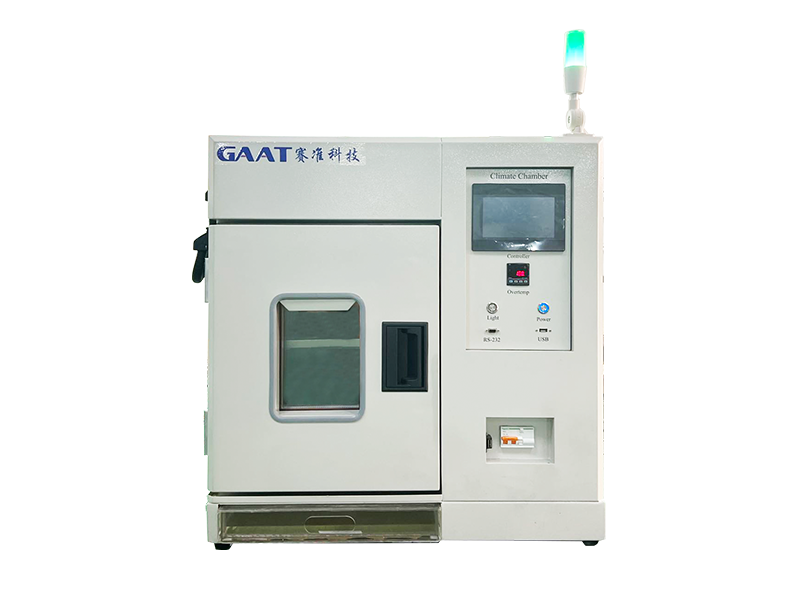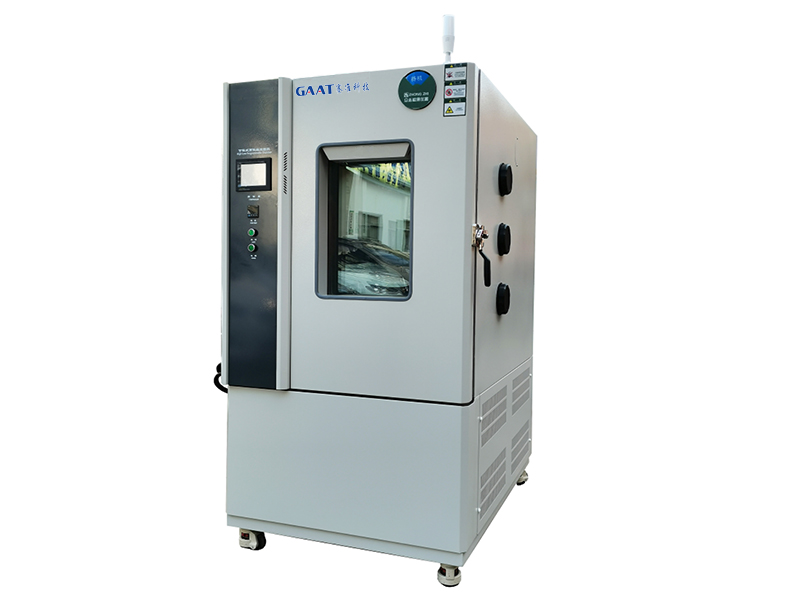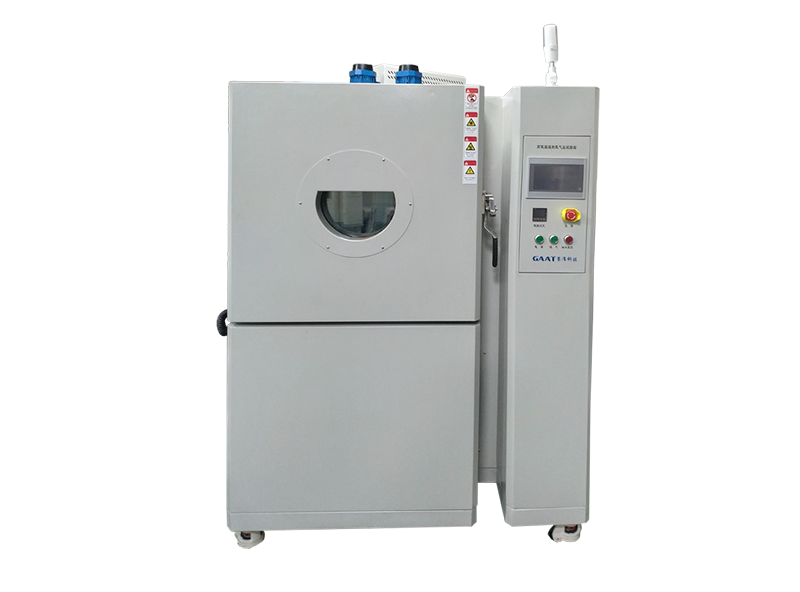Fast Rate Thermal Cycle Chamber
Description: Fast Rate Thermal Cycle Chamber (also called ESS test chamber) can evaluate the failure mechanical properties of the product; normally the temperature ramp rate is less than 20C/min, which can achieve the real application environment of the testing sample by the fastest ramp rate.
Application: The chamber is applied to the screening test and failure mode evaluation of photoelectric components, interconnection circuits, component units, and electronicdevices.
Testing Standards: MIL-STD-2164, MIL-344A-4-16, MIL-2164A-19, NABMAT-9492, GJB-1032-90, GJB/Z34-5.1.6, IPC-9701, IEC60068-2-14 2009.
Package: Each set protected with resin fiber and PP film, then put into Strong wooden case with operation manual and video inside.
Delivery: 25-40 days.
Technical Parameters
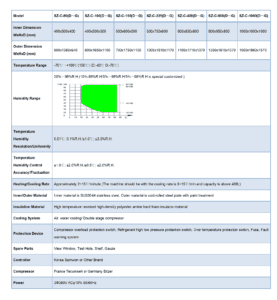
Related Climatic Chamber Products
Key Considerations Before Buying a Climatic Chamber
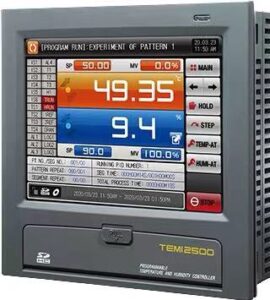
Temperature Range
The temperature range is a crucial factor to consider when selecting a chamber, as it affects the performance and suitability of the chamber for your specific testing needs. Manufacturers offer chambers with different temperature ranges, each with unique design and insulation features.
There are three standards temperature types for our climatic chamber. Type C: -20℃~150℃, Type D: -40℃~150℃, Type G: -70℃~150℃. In case your testing requirements demand temperatures outside of the standard range, it is possible to customize the chamber to meet your needs. The refrigeration system required for your testing will depend on the ultimate low temperature required for your specific tests.
Humidity Range
The level of relative humidity in the test chamber is influenced by the water vapor pressure and temperature. At lower temperatures, the system can attain high relative humidity with less water vapor, while at higher temperatures, more water vapor is needed to achieve the same level of humidity.
Our standard temperature-humidity ranges for climatic chamber is 20℃~85℃ with 20%~98% RH. Also we can provide 10℃~85℃ with 5/10%~98% RH as a customize ranges for our customers. It’s important to note that there is a minimum temperature limit for the chamber due to the possibility of dew or fog formation. Typically, the dew point of the test chamber is defined at 10°C. To avoid frost formation, the refrigerated coil in the chamber is never set to 10°C or below freezing.
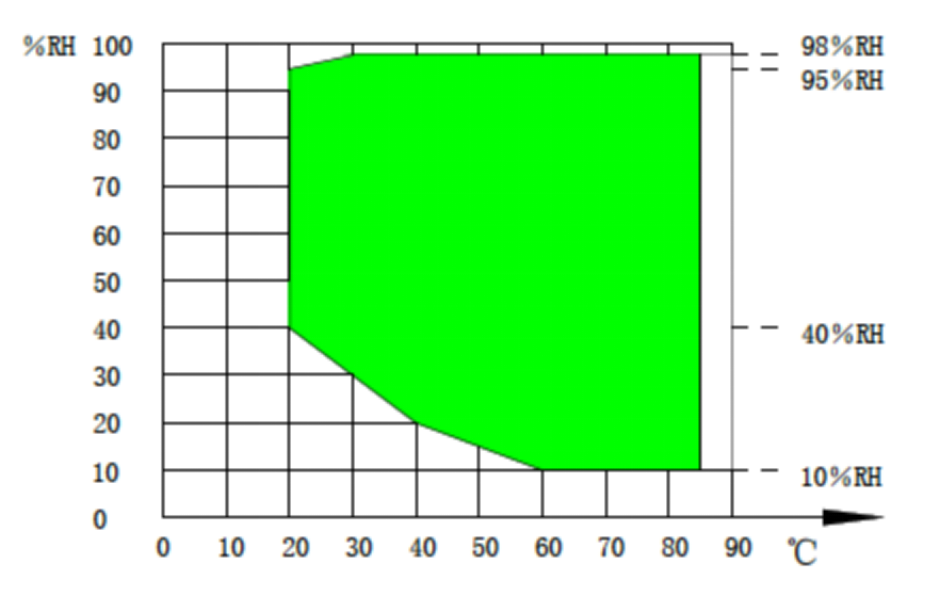

Temperature Change Rate
Our standard temperature change rates are 3℃/min for heating and 1℃/min for cooling. If the testing requirement needs a rapid temperature change rate, such as 2-20℃/min, please see the ESS chamber in our lists. The fast rate change chamber also called as ESS chamber (environmental stress screening chamber).
Internal Dimension
Buyers often overlook the internal size of the chamber when making a purchase decision. However, it’s essential to consider the chamber’s internal size to ensure efficient airflow volume and effective performance. Simply fitting the product into the chamber is not sufficient. It is very important to choose an inner box size that is slightly larger than the DUT.
Our standard models’ volumes are 80L, 100L, 150L, 225L, 408L, 608L and 1000L. The chamber’s size and dimensions can be customized to meet specific requirements and can range from small benchtop chambers to larger walk-in chambers. It’s important to select a chamber with the appropriate size and dimensions to ensure the best performance for your testing needs.

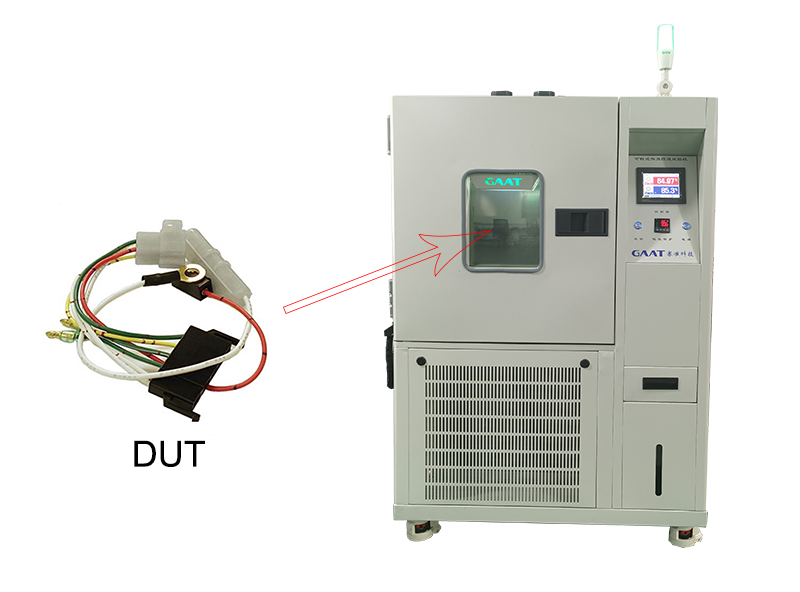
DUT (Testing sample)
An experienced manufacturer will always ask a question about the DUT. Such as like how many DUT you will test, what is the weight about the DUT, does the DUT need to be charged, does the DUT have heat load?
We will take into consideration the DUT conditions and testing requirement when designing the construction of the chamber. Such as add more testing holes, adjust the shelves, etc. This will help us to provide you with a best offer.
Refrigeration systems
The refrigeration system cools the air inside the chamber, and the heat it removes is released through a condenser. Two common types of condensers are available: air-cooled and water-cooled, each with its advantages and disadvantages.
Smaller chambers usually include an air-cooled condenser, which is built into the chamber for easy mobility and space-saving. However, it releases the heat into the surrounding room, which may require additional air conditioning to manage the increased heat load. In contrast, water-cooled condensers are suitable for the walk in chamber and fast temperature change rate chambers. It has a better effect for the cooling. However, this system is more complex and expensive to install, requiring refrigeration piping, water tower mounting, electrical wiring, and water supply works. So we will suggest the suitable cooling systems according the actual testing and installation situation.
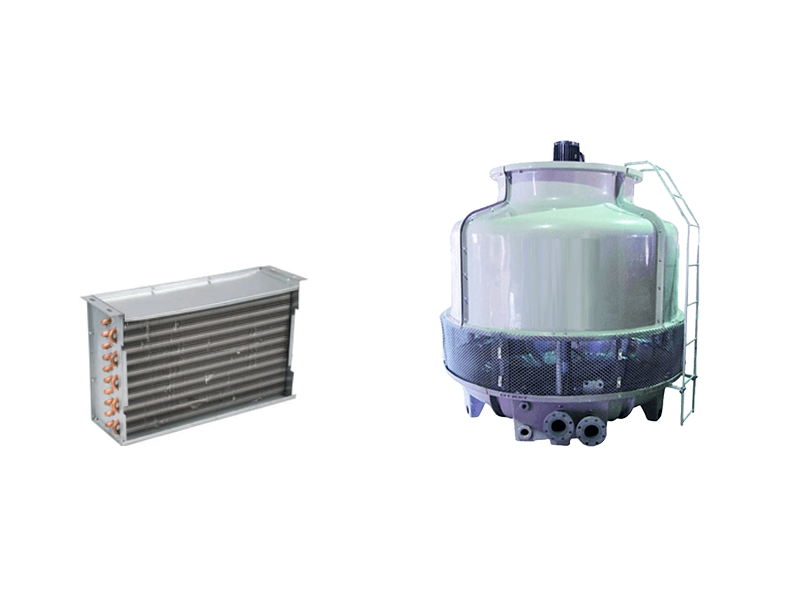
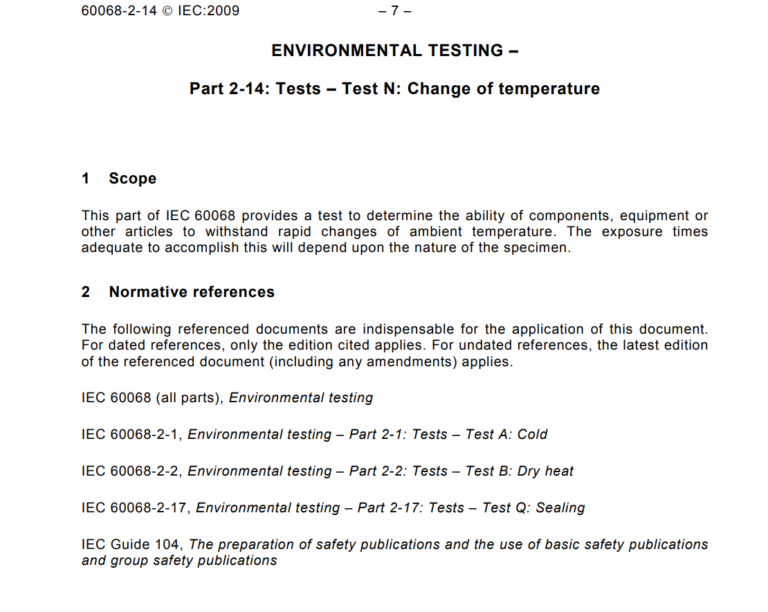
Testing Standards
Usually the buyers or testing engineers purchase the chamber for their company lab to meet a testing standards. So this is the most important factor for the customers.
We understand that meeting testing standards is crucial for our customers, which is why we offer a range of standard chambers that are designed to meet many common international standards, including IEC 60068-3-5: 2018, IEC 60068-2-14: 2009, IEC 60749-25: 2003, IPC 9701: 2002, JESD22-A104E: 2020, and SAE J1211: 2018. We also offer customized solutions to meet specific testing requirements.

